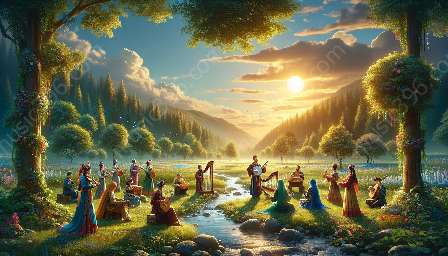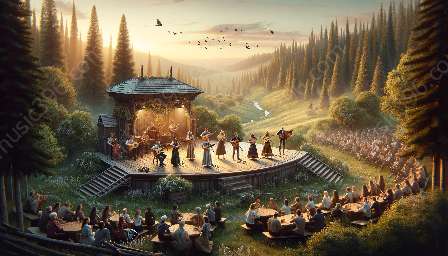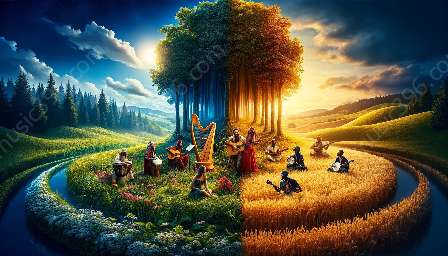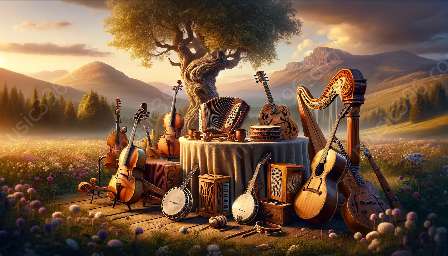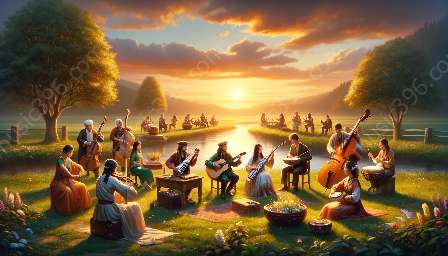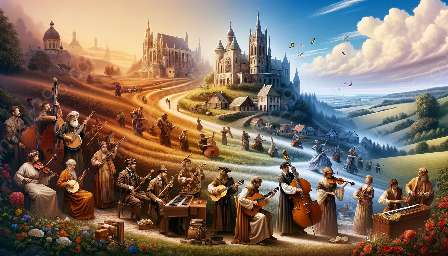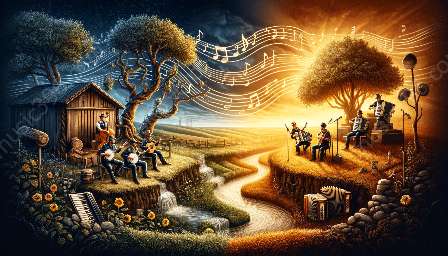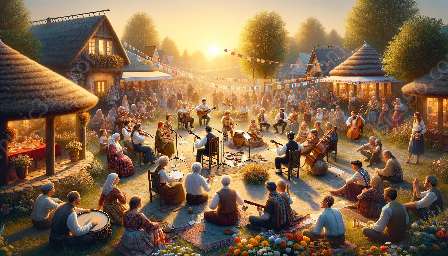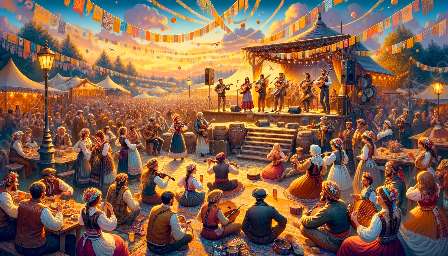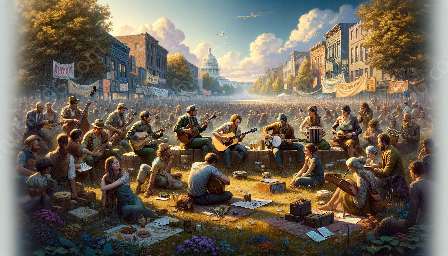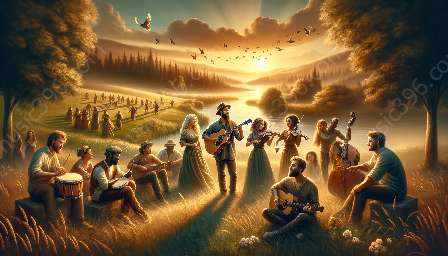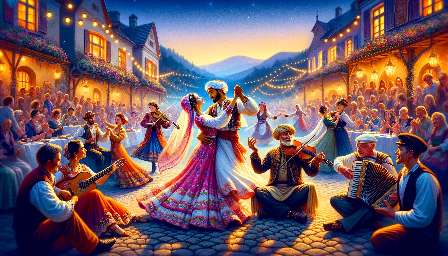In many cultures around the world, traditional instruments play a significant role in the rituals and traditions of specific cultural groups. Whether it's the rhythmic beats of the African drums or the melodic tunes of the Middle Eastern lute, these instruments hold a deep-rooted cultural significance and are an integral part of the social and spiritual fabric of these communities. Let's delve into various cultural groups and explore how traditional instruments feature in their rituals and traditions.
African Cultural Groups
Africa is home to a diverse array of cultures, each with its own unique traditions and rituals. Traditional instruments such as the djembe, talking drum, and mbira are commonly used in various African cultural ceremonies and rituals. The djembe, a goblet-shaped hand drum, is often associated with community gatherings, celebrations, and rites of passage. Its deep, resonant tones create a sense of unity and connection among the participants. The talking drum, known for its ability to mimic the tonal patterns of speech, is used in storytelling, ceremonial communication, and invoking ancestral spirits. The mbira, or thumb piano, is used in spiritual rituals and healing ceremonies, believed to channel the energies of the ancestors.
Asian Cultural Groups
Asia is a sprawling continent with a rich tapestry of cultural diversity. Traditional instruments like the sitar, tabla, and dizi are deeply ingrained in the rituals and traditions of specific cultural groups in Asia. The sitar, a plucked string instrument, is synonymous with Indian classical music and is often used in religious ceremonies and spiritual gatherings. The tabla, a pair of Indian hand drums, is a staple in Hindu, Sikh, and Sufi music traditions, accompanying devotional songs and ceremonial performances. The dizi, a bamboo flute, holds special significance in Chinese rituals, often used in traditional music ensembles during festive occasions and cultural celebrations.
Middle Eastern Cultural Groups
The Middle East is renowned for its vibrant musical traditions, with traditional instruments like the oud, ney, and daf taking center stage in various cultural rituals and traditions. The oud, a pear-shaped string instrument, is an iconic symbol of Middle Eastern music and is often featured in religious ceremonies, wedding processions, and folk celebrations. The ney, an end-blown flute, holds spiritual significance in Sufi rituals, with its haunting melodies evoking a sense of transcendence and contemplation. The daf, a large frame drum with metal rings, plays a vital role in Persian and Kurdish rituals, often accompanying trance-inducing rhythms during mystical ceremonies and ecstatic dances.
European Cultural Groups
Europe boasts a diverse array of cultural groups, each with its own unique musical traditions and instruments. From the bagpipes of Scotland to the hurdy-gurdy of France, traditional instruments feature prominently in the rituals and traditions of specific cultural groups across the continent. The bagpipes, with their expressive drone and mesmerizing melodies, are synonymous with Scottish ceremonies, from weddings and funerals to traditional festivals and military processions. The hurdy-gurdy, a unique string instrument with a crank-turned wheel, is a staple in French folk music and is often heard at rural gatherings, harvest festivals, and seasonal rituals.
Conclusion
Traditional instruments are not merely tools for creating music; they are symbols of cultural identity, spiritual connection, and communal celebration. Across the globe, these instruments play a pivotal role in preserving the heritage and traditions of specific cultural groups, serving as a living testament to the richness and diversity of human expression. By acknowledging the significance of traditional instruments in rituals and traditions, we honor the ancestral wisdom and timeless traditions that continue to thrive through the power of music.

